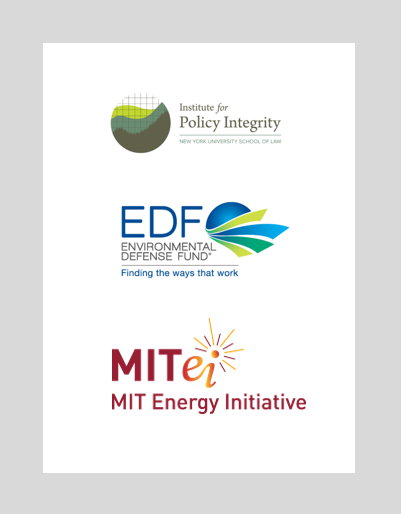This paper, available on SSRN, simulates the effect of more advanced residential electricity tariffs on household adoption of distributed energy resources (DERs). We employ an end-user DER investment and operational engineering optimization model, and adapt it to include an economic utility function, calibrated to the observed hourly residential electricity consumption data from 2016 in the Commonwealth Edison service territory in Chicago, in order to represent household-level preferences for electricity consumption. We simulate the effect of a spectrum of electricity tariffs, from the status quo flat volumetric tariffs to more sophisticated tariffs that are reflective of electricity generation and distribution system costs.
We find that tariffs that are more time variant lead to greater reductions in coincident peak demands than flat volumetric tariffs, both from load shifting as well as from adoption of DERs. Regarding the effect of electricity tariff design on DER investments, we find that at current DER purchase costs investments in rooftop photovoltaic (PV), batteries and natural gas distributed generators are not privately optimal under any of our tariff design scenarios based on current cost levels for electricity and gas in the Chicago study area. However, with continued reductions in PV technology costs, rooftop PV may see a greater adoption rate under some of the more cost-reflective tariffs. We also demonstrate a greater incentive to invest in electrification of household space heating in the form of heat pumps under cost-reflective tariffs.
These findings provide insights on electricity tariff design and the role of DERs in the future decarbonized electricity system, and highlight the need to consider region-specific costs and conditions when analyzing the effects of electric tariff reform.

